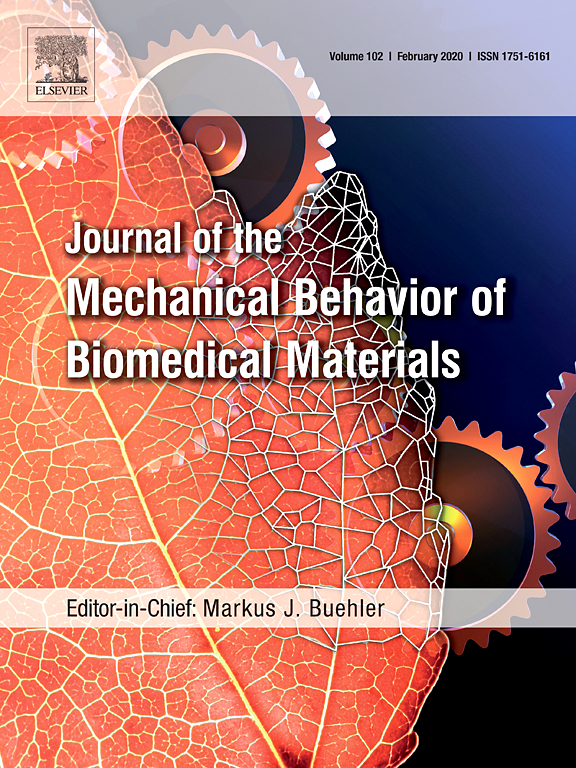Journal of the Mechanical Behavior of Biomedical Materials, Volume 104, April 2020, 103619
Ana Belén Bonhome-Espinosaab , Fernando Camposbc, Daniel Durand-Herrerabc, José Darío Sánchez-Lópezd, Sébastien Schaube, Juan D.G. Duránab, Modesto T. Lopez-Lopezab, Víctor Carrielbc
a Department of Applied Physics, University of Granada, Faculty of Science, Campus de Fuentenueva, 18071, Granada, Spain
b Instituto de Investigación Biosanitaria Ibs.GRANADA, Granada, Spain
c Department of Histology & Tissue Engineering Group, Faculty of Medicine, University of Granada, Spain
d Division of Maxillofacial Surgery. University Hospital Complex of Granada. Granada, Spain
e Université Côte d’Azur, CNRS, INSERM, Inria, iBV, France
Abstract
The encapsulation of cells into biopolymer matrices enables the preparation of engineered substitute tissues. Here we report the generation of novel 3D magnetic biomaterials by encapsulation of magnetic nanoparticles and human hyaline chondrocytes within fibrin-agarose hydrogels, with potential use as articular hyaline cartilage-like tissues. By rheological measurements we observed that, (i) the incorporation of magnetic nanoparticles resulted in increased values of the storage and loss moduli for the different times of cell culture; and (ii) the incorporation of human hyaline chondrocytes into nonmagnetic and magnetic fibrin-agarose biomaterials produced a control of their swelling capacity in comparison with acellular nonmagnetic and magnetic fibrin-agarose biomaterials. Interestingly, the in vitro viability and proliferation results showed that the inclusion of magnetic nanoparticles did not affect the cytocompatibility of the biomaterials. What is more, immunohistochemistry showed that the inclusion of magnetic nanoparticles did not negatively affect the expression of type II collagen of the human hyaline chondrocytes. Summarizing, our results suggest that the generation of engineered hyaline cartilage-like tissues by using magnetic fibrin-agarose hydrogels is feasible. The resulting artificial tissues combine a stronger and stable mechanical response, with promising in vitro cytocompatibility. Further research would be required to elucidate if for longer culture times additional features typical of the extracellular matrix of cartilage could be expressed by human hyaline chondrocytes within magnetic fibrin-agarose hydrogels.

